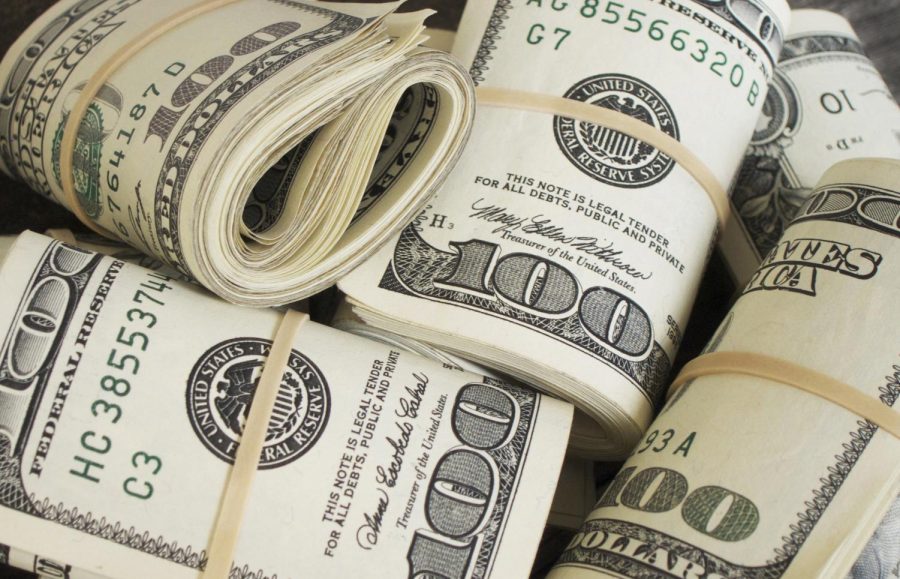Silicon Valley Bank crashes
June 1, 2023
The ghost of seventh grade United States history came back to haunt the U.S. economy in March when the Silicon Valley Bank (SVB) crashed amid eerie parallels to the bank runs and stock market fluctuations which preceded the Great Depression. The crash left depositors–most of whom were small businesses with far more in the bank than is insured by the Federal Deposit Insurance Corporation (FDIC)–and economists fearful of widespread economic failure.
SVB was formed by Bill Biggerstaff and Robert Medearis over a game of poker in 1983 as the digital world was beginning to dominate the physical one. Their gamble was successful for over 45 years, living as a mid-sized bank until COVID-19 when the tech industry grew at an–as with everything else that year–unprecedented rate. A booming tech industry meant a boom in money for SVB, a 100% increase in deposits which the bank invested in US Treasury securities (government bonds). Typically these bonds are stable, low risk (and low return) investments. But the inflation which caused gas prices to soar also significantly devalued securities, leading SVB to announce they had sold some at a $1.8 billion loss to the bank. To their detriment they also noted that they were unable to raise the capital needed to make up for that loss and their stock began to drop as several venture capital firms advised (via Twitter) companies to pull their money from the bank.
“Run on the bank! Get your money out. First thing on Monday,” type-screamed Kim Dotcom, a popular German-Finnish Internet entrepreneur “Cash is king. Get out now!”
In case Elon Musk wasn’t enough drama for Twitter, the social media site has been pointed to as the origin of the SVB bank run. Just as with the pre-Great Depression bank runs, the SVB run led the bank to crash. The difference between the 1930 bank runs and SVB’s is the presence of online banking which made it possible for customers to pull over $42 billion in 24 hours. Those 24 hours ended in the second largest bank crash in US history, rivaled only by the crash of Washington Mutual during the 2008 recession.
To prevent a 1930- or 2008-type outcome the FDIC (a program created as part of our favorite history vocab term, Franklin D. Roosevelt’s New Deal) created the Deposit Insurance National Bank of Santa Clara (DINB) to receive all insured deposits at SVB. In essence this meant depositor money was protected while a buyer was found to purchase SVB.
The FDIC’s intervention didn’t end the panic, however, as they typically only insure deposits up to $250,000, an issue when the majority of SVB’s customers were business owners with far more than that FDIC-insured maximum. On March 12 congress held a late night Zoom meeting to find a solution that wouldn’t result in doors closing up and down (the metaphoric) Silicon Valley Avenue. It was decided that the FDIC would ensure all SVB customers had access to their deposits even above the $250,000 threshold.
While the SVB situation was under control the same fear which fuels a bank run at one bank can spread to customers of other banks, especially when, as was the case with SVB, a bank crash could lead to major economic failures across the nation.
“There’s a phenomenon that banking experts talk about called contagion,” explains behavioral economist Colin Camerer in an interview with Scientific American. “If I, for example, think other people are going to pull all their money out, I’m going to try to pull mine out first because there’s not enough money in the bank.”
To end this contagion the FDIC offered loans to banks struggling to meet depositors’ withdrawal demands. As a result only one other US bank failed in the weeks after the SVB crash: Signature Bank. As a primary bank in the cryptocurrency industry, Signature had already been struggling amid the FTX-shenanigans of 2022 and received the same solution from the FDIC that was given to SVB and the banking world has largely recovered.



